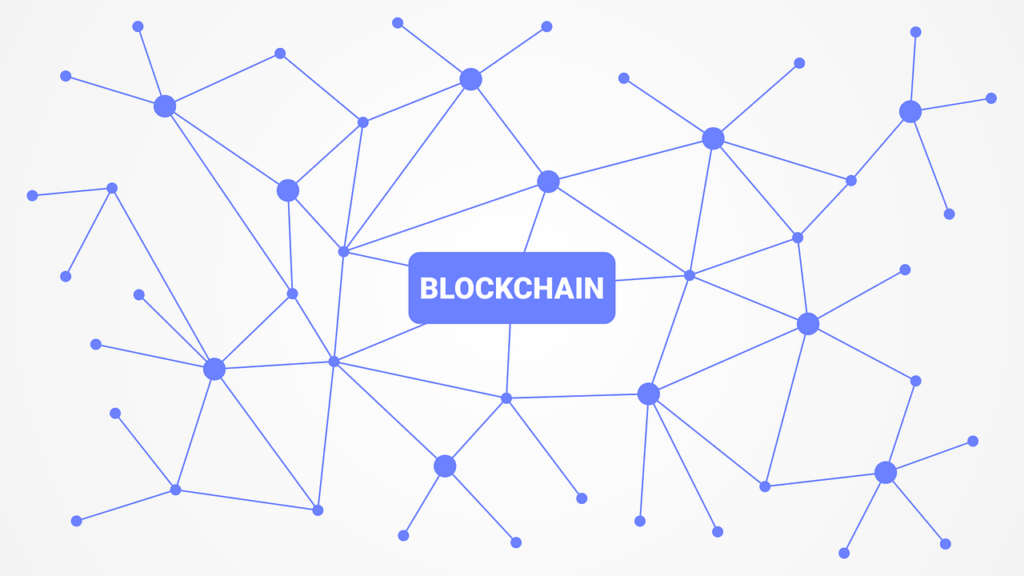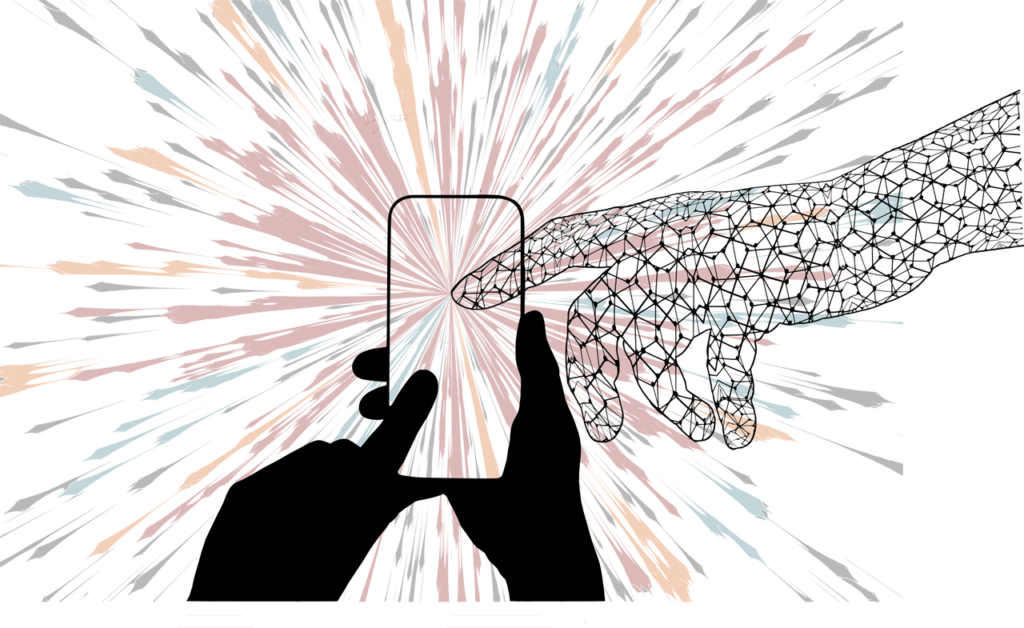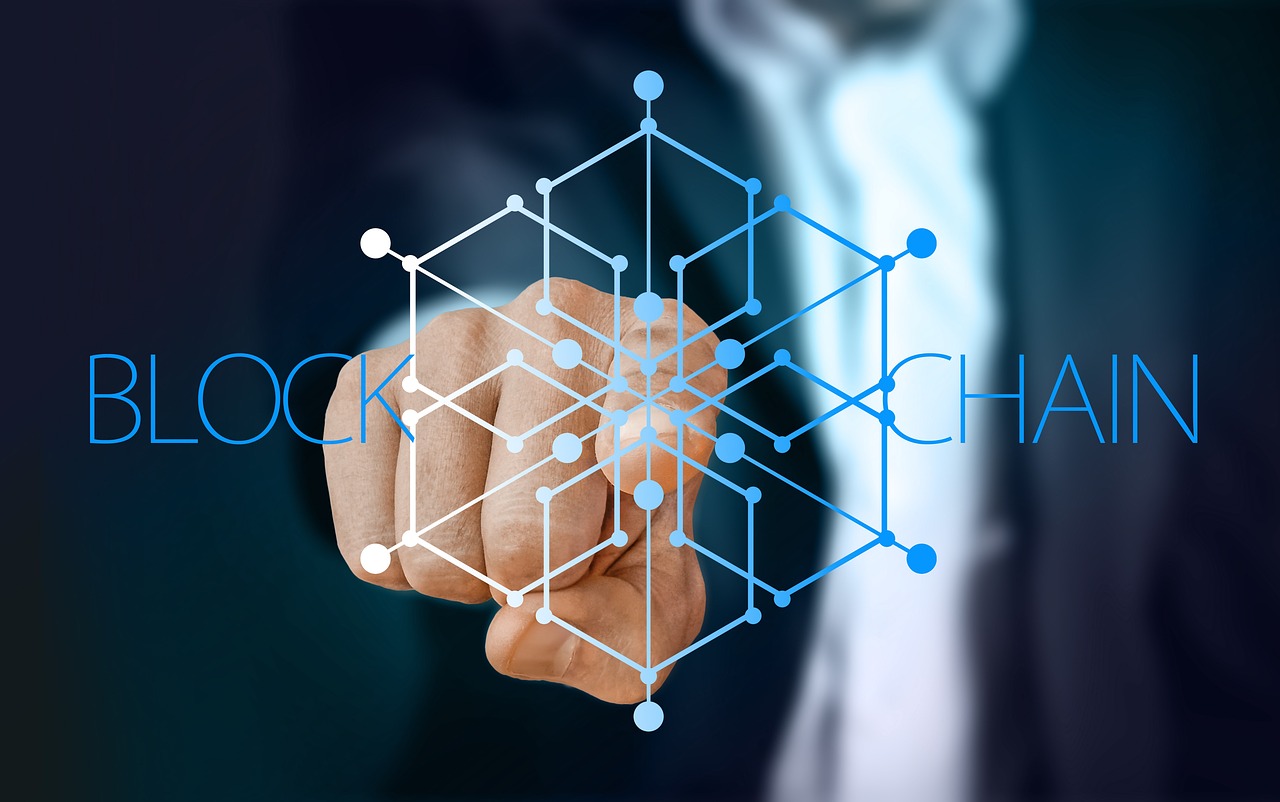In an era defined by digital transformation, where information exchange is a keystroke away, the authenticity and integrity of documents are of paramount importance. Whether it’s verifying academic certificates, legal contracts, property deeds, or any critical document, ensuring their validity and preventing tampering is vital. This is where blockchain technology enters the scene, promising a revolutionary solution for document verification and notarization. In this comprehensive guide, we’ll delve deep into the world of blockchain and how it is reshaping the way we secure and validate documents.
Understanding the Basics of Blockchain
At its core, blockchain is a decentralized, immutable ledger that records transactions across a network of computers. Each “block” in this chain contains a bundle of transactions, and once added to the chain, it becomes permanent and unalterable. These blocks are linked in chronological order, creating a secure and transparent record of all transactions.

How Does Blockchain Work?
Blockchain operates on a distributed ledger technology, meaning it is hosted on multiple computers (nodes) simultaneously. When a new transaction occurs, it is broadcasted to the network. To be added to the blockchain, a transaction must be verified by a consensus mechanism, typically proof of work (PoW) or proof of stake (PoS), depending on the blockchain’s design. Once consensus is reached, the transaction is added to a block, which is then appended to the blockchain.
The Role of Blockchain in Document Verification
Immutable Record Keeping
One of the most significant advantages of using blockchain for document verification is its immutability. Once a document is added to the blockchain, it cannot be altered or deleted. This guarantees the authenticity and integrity of the document, making it virtually tamper-proof. This feature is especially crucial for critical documents such as birth certificates, land titles, and academic diplomas.
Timestamping and Proof of Existence
Blockchain also provides a reliable way to timestamp documents and prove their existence at a specific point in time. When a document is added to the blockchain, it is assigned a unique timestamp and cryptographic hash. This timestamp can serve as evidence that the document existed at that moment, which is invaluable for legal and regulatory purposes. For instance, in legal disputes, having a blockchain timestamp can establish the order of events.
Document Notarization with Blockchain
Document notarization is the process of having a trusted third party (notary public) verify the authenticity of a document and attest to its legitimacy. This is often required for legal documents, contracts, and various official paperwork. Traditionally, notarization involves physical stamps and signatures, which can be susceptible to forgery and fraud.
How Blockchain Enhances Document Notarization
Blockchain can revolutionize the notarization process by providing a secure and efficient method for document verification. Here’s how:
1. Decentralization and Trust
Blockchain eliminates the need for a central authority or notary public to verify documents. Instead, the decentralized network of nodes collectively validates and timestamps documents. This decentralized trust model reduces the risk of fraud and corruption.
2. Transparency and Accessibility
Blockchain-based notarization offers transparency, allowing anyone to verify the authenticity of a document by checking the blockchain. This accessibility ensures that document verification is not limited to a select few but is open to all stakeholders.
3. Cost Efficiency
Traditional notarization can be expensive and time-consuming, involving fees for notary services and travel. Blockchain notarization reduces these costs by automating the verification process, making it more affordable for individuals and businesses.
4. Security and Tamper Resistance
Blockchain’s cryptographic features make it nearly impossible for malicious actors to alter or counterfeit notarized documents. The document’s hash is stored on the blockchain, and any changes to the document will result in a different hash, immediately raising red flags.
Implementing Blockchain for Document Verification and Notarization
Choose the Right Blockchain Platform
Selecting the appropriate blockchain platform for document verification and notarization is a critical decision. Consider factors such as scalability, security, and consensus mechanisms. Ethereum, for instance, is a popular choice due to its smart contract capabilities, while other blockchains like Hyperledger Fabric offer enterprise-grade solutions.
Develop Smart Contracts
Smart contracts are self-executing agreements with predefined rules and conditions. They can automate the document verification and notarization process on the blockchain. By defining the criteria for document validation within smart contracts, you ensure that documents are verified consistently and securely.

Document Hashing and Storage
When notarizing documents on the blockchain, it’s essential to hash the documents before storing them. This creates a unique digital fingerprint of the document that can be used for verification. Document storage can be on-chain (within the blockchain) or off-chain (outside the blockchain). Each approach has its trade-offs in terms of cost, speed, and accessibility.
User-Friendly Interfaces
To encourage adoption, user-friendly interfaces and applications should be developed to interact with the blockchain-based document verification and notarization system. These interfaces should simplify the process for users, allowing them to easily upload, verify, and access notarized documents.
Real-World Applications of Blockchain Document Verification
Academic Credentials Verification
In the realm of academic credentials verification, the integration of blockchain technology represents a transformative leap forward. Traditionally, verifying academic degrees and certificates has been a cumbersome process, often involving manual checks and the potential for fraudulent documents slipping through the cracks. However, with blockchain, this process becomes not only more efficient but also virtually foolproof.
When educational institutions issue digital certificates anchored to the blockchain, they create an immutable record of an individual’s academic achievements. Each certificate is assigned a unique cryptographic signature, making it tamper-resistant and instantly verifiable. Employers and other educational institutions can simply access the blockchain to confirm the authenticity of a candidate’s qualifications, eliminating the need for time-consuming background checks and reducing the risk of hiring individuals with false credentials. Furthermore, this system benefits the candidates themselves, who can easily share their credentials with potential employers, enhancing their employability and overall trust in the hiring process.
Property and Land Title Records
The world of real estate and property ownership is notorious for its complex and often contentious processes. Blockchain technology offers a revolutionary solution for securely storing land title records, a development that promises to transform the industry. Traditionally, land title records are kept in centralized government offices, leaving them vulnerable to corruption, fraud, and disputes.
By storing land ownership records on a blockchain, these records become immutable, transparent, and easily accessible. Each property is assigned a unique identifier on the blockchain, and any transfer of ownership is recorded as a transparent transaction. This system significantly reduces the risk of fraudulent land claims and property disputes, as the entire history of a property’s ownership is readily available for verification. Moreover, the process of property transfer becomes streamlined and efficient, eliminating the need for extensive paperwork and intermediaries. This, in turn, reduces costs for both buyers and sellers and accelerates the pace of real estate transactions, benefiting the entire industry.
Legal Contracts and Agreements
Blockchain’s impact on legal contracts and agreements extends beyond secure storage and verification—it introduces the concept of smart contracts. Smart contracts are self-executing agreements with predefined rules and conditions that are written directly into code. This innovation has the potential to revolutionize how legal agreements are created, stored, and executed.
When legal contracts are stored on a blockchain, they become tamper-resistant and transparent. Any changes to the contract are recorded as transactions, providing an immutable history of alterations. Smart contracts, in particular, automate the execution of contract terms, eliminating the need for intermediaries such as lawyers and notaries. For example, in a real estate transaction, a smart contract could automatically transfer ownership of a property to the buyer once payment is received. This not only reduces the potential for disputes but also accelerates the entire process, making it more efficient and cost-effective.
Challenges and Considerations
Privacy Concerns
While blockchain’s transparency is one of its defining features, it can also be a double-edged sword when it comes to privacy concerns. The inherent design of blockchain, where all transactions are recorded on a public ledger that is visible to anyone participating in the network, can potentially expose sensitive information. This openness raises questions about data confidentiality, especially in applications where privacy is paramount.
To mitigate these privacy concerns, blockchain developers have been exploring innovative solutions. One notable example is the Corda blockchain network. Corda is specifically designed for privacy-focused applications, making it an ideal choice for scenarios where sensitive data needs to be stored and transacted on a blockchain securely. Unlike public blockchains, Corda employs a unique approach called “point-to-point” communication, where transactions are only shared with the relevant parties, ensuring that confidential information remains confidential. This approach strikes a balance between the transparency of blockchain and the need for data privacy, making it a compelling option for industries such as healthcare, finance, and supply chain management.
Scalability
Scalability is a persistent challenge in the world of blockchain, particularly in the context of document verification and notarization. As more documents are added to the blockchain, the network can become congested, leading to slower transaction processing times and increased costs. This scalability bottleneck can hinder the widespread adoption of blockchain solutions in these critical domains.
To address the scalability issue, blockchain developers and researchers are actively exploring various solutions. Sharding is one such approach, which involves dividing the blockchain network into smaller, more manageable parts, or “shards.” Each shard can process transactions independently, significantly increasing the network’s overall capacity. Layer 2 scaling solutions, such as the Lightning Network for Bitcoin and state channels for Ethereum, aim to reduce the burden on the main blockchain by conducting certain transactions off-chain, thereby alleviating congestion.
These scalability solutions are vital for ensuring that blockchain-based document verification and notarization systems can handle a growing volume of transactions without compromising speed or efficiency. As blockchain technology continues to evolve, scalability will remain a focal point of development efforts.
Regulatory Compliance
The regulatory landscape surrounding document notarization can vary significantly from one jurisdiction to another. Different regions may have distinct legal requirements and standards for notarized documents, adding a layer of complexity to the implementation of blockchain-based notarization systems.
To successfully navigate these regulatory challenges, organizations and developers must ensure that their blockchain-based notarization solutions comply with local and international legal requirements. This may involve collaborating with legal experts who specialize in blockchain and document verification to ensure that the technology aligns with existing laws and regulations.
Furthermore, staying informed about evolving regulatory frameworks is essential. As governments and regulatory bodies adapt to the emergence of blockchain technology, compliance standards may evolve. Therefore, maintaining flexibility and a willingness to adjust blockchain-based notarization systems to adhere to changing regulations is crucial for long-term success and legal acceptance.

The Future of Document Verification and Notarization
Blockchain technology is poised to reshape how we verify and notarize documents. Its immutable, transparent, and secure nature makes it an ideal candidate for revolutionizing industries reliant on document authenticity. As blockchain continues to mature and overcome its current challenges, we can expect to see widespread adoption of blockchain-based document verification and notarization systems, leading to a more secure and efficient future for document management.
In conclusion, the marriage of blockchain technology with document verification and notarization holds immense potential to simplify processes, enhance security, and reduce costs across various industries. As we move forward in this digital age, the adoption of blockchain for these purposes is not a question of if, but when, and how it will transform the way we handle important documents.

